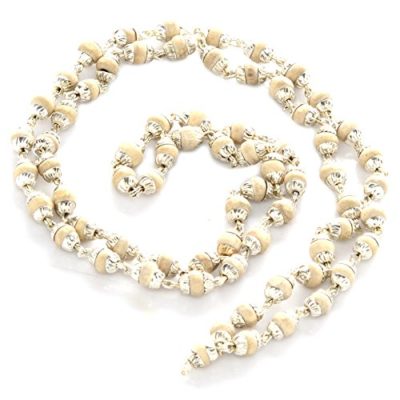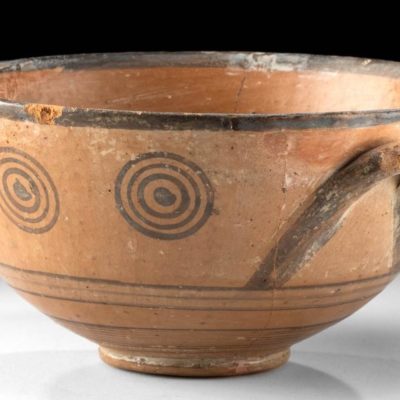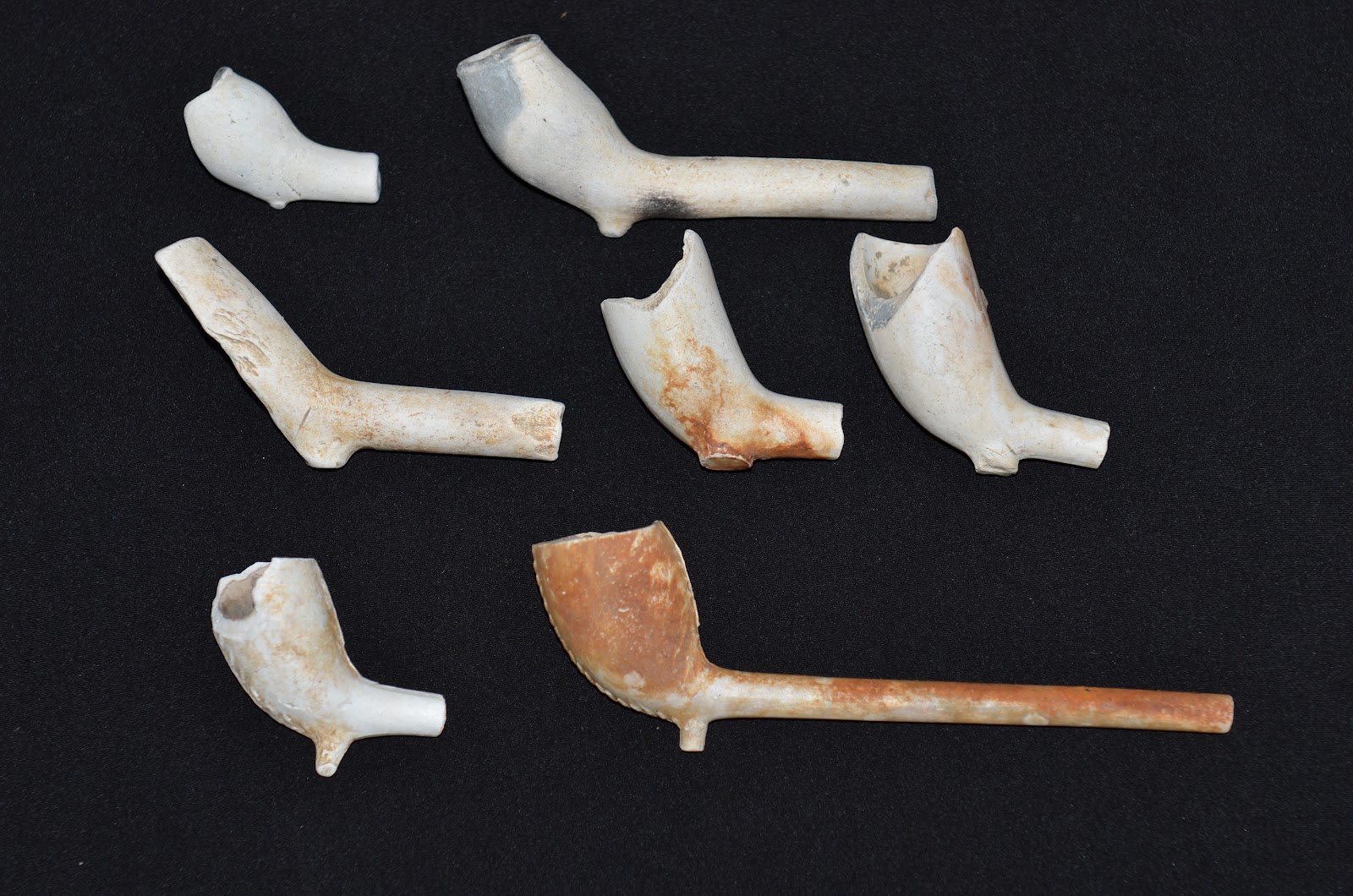Chisels are tools that most contemporary people understand. They are implements which feature long and usually narrow steel blades set into wooden or composite handles and are used for various cutting jobs in wood and other materials. Thousands of years ago the American Indians did not have steel but they did need to cut and chop wood and soft stone. So they invented the archaic stone chisel.

Stone chisels were made by the natives in our country at least two thousand years ago and probably much longer. They were made throughout the eastern half of the USA and, like the modern chisels, were narrow and normally short though rather long examples have been found. In the Carolinas and Virginia, these tools are mostly found in the western Piedmont and the mountains and are made primarily from granite, greenstone, rhyolite and silicified slate but occasionally other hard lithic materials were used. They were most probably used to hollow out wooden and soapstone bowls and likely had many other camp site uses. The granite and greenstone chisels would have been laboriously pecked to shape with hammer stones then ground to final size and polished and sharpened on one end. The rhyolite and silicified slate tools would have been flaked to size and shape which would have left them with sharp cutting ends. Most chisels found in this region are in the three to four inch long range and around one to one and a half inches wide and probably the lengths are that short because they were past the point of reasonable re-sharpening and were simply used-up as tools. These chisels have been found on many ancient camp sites but most seem to be discovered on places that were occupied from around two thousand to six thousand years ago during the time that the natives were making and using cooking vessels of steatite or soapstone. This talc mineral was perfect for such duties since it was soft enough to be easily carved but hardened to a very durable commodity when heated over fires. The natives would have rough carved the bowls at a quarry site and then finished the bowl wall thinning at their village by using the chisels and hammer stones. Chisels are almost never found around the soapstone quarries which suggest that they were definitely finishing tools. Many of these ancient chisels show signs of battering on the poll end thus proving the theory that they were forced into the soft steatite or wood by being struck with hammer stones. Often broken sherds of soapstone vessels clearly show marks left by the chisel cutting through the mineral.
There is a small site in Davidson County, NC near the Yadkin River that has given up at least eleven of these stone chisels. Considering that the hilltop site is only about one hundred by four hundred feet in size and considering that other nearby sites have yielded no chisels, makes one speculate that this was a soapstone bowl making camp site with the finished products then traded to neighboring people. Unfortunately the steatite quarry has not been located but it must have been close by this work site simply because the bowl performs would have been somewhat heavy to carry long distances. Only eleven chisels from a site that was probably used for thousands of years in the manufacture of steatite bowls probably sounds like very few but these little tools are not at all common. The makers of the bowls probably carried their tools with them when they moved on during trading missions and the ones remaining on the site were possibly lost or discarded since they were expended past the point of being useful. Whatever the reasons these rare artifacts can be found is not important- only that today we can occasionally find one or more of these rare Archaic Chisels.
Coe, Joffre L. 1964
“The Formative Cultures of the Carolina Piedmont”, TRANSACTIONS OF THE
AMERICAN PHILOSOPHICAL SOCIETY
Fowler, William R. 1969
“The Wilbraham Stone Bowl Quarry”, BULLETIN OF THE
MASSACHUSETTS ARCHAEOLOGICAL SOCIETY, Vol. 30, No. 3 & 4
Hothem, Lar 1989
INDIAN AXES & RELATED STONE ARTIFACTS
Maus, James E. 1989
“The Chisel Site”, CENTRAL STATES ARCHAEOLOGICAL JOURNAL,
Vol. 36, No. 2
Rights, Douglas L. 1947
THE AMERICAN INDIAN IN NORTH CAROLINA
Copyright © 2013, Ji





